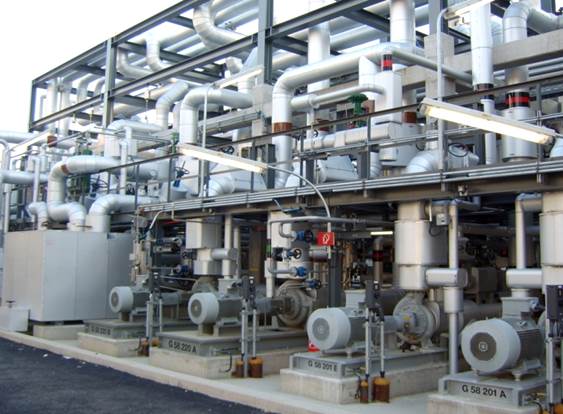A respected tool for achieving energy efficiency is process heat integration with pinch analysis. This article presents an overview on pinch analysis and its mode of employment in operation and process design to achieve energy efficiency gains in real-world. The Heat integration comprises of several techniques that assist engineers to properly evaluate entire sites and processes instead of focusing on individual operations.
This includes knowledge-based systems, hierarchical design methods, Pinch analysis, numerical and graphical techniques. Pinch methods dominate in the area of energy efficiency. The terms heat integration (PI) and pinch analysis are frequently used interchangeably.
Pinch analysis which is also known as process integration, energy integration, heat integration or pinch technology is employed in achieving minimal energy consumption by optimizing energy supply methods, process operation conditions and heat recovery systems. It is a methodology for minimizing the consumption of energy through chemical processes by targeting feasible energy targets thermodynamically.
As a systematic technique for analyzing the flow of heat through an industrial process, pinch analysis’ process data is represented as a set of streams or energy flows. Naturally, heat is required to flow from hot to cold objects in the Second Law of Thermodynamics. This is a major concept that represents the overall heat demand and heat release of a process as a function of temperature.
For the identifications of the Pinch and targets for cold and hot utilities, the Problem Table algorithm is the tool to use. It is a fundamental computational tool. The location where the heat recovery is the most constraint is designated by the Pinch which is characterized by ΔTmin (a minimum temperature difference between hot and cold streams).
As a result, the system can be divided into two separate subsystems that are located above and below the Pinch respectively. Hot utility is only required above the Pinch while cold utility is required below the Pinch. So far, the identified hot and cold utility consumption turns out to be Energy Requirements (MER). Once a heat transfer (cross-pinch) is present, no design can achieve MER.
Redundancy many be introduced by the separation of the original problem in the number of heat exchangers. In order to reduce the number of units, the removal of the Pinch constraint may be necessary especially when the capital cost is high. An optimized cost of operation against the reduction in capital costs will be cleared by extra energetic consumption.
As a result, heat recovery problem will become an optimization of both capital and energy costs which is restricted by a minimum approach in temperature when designing the heat exchangers. For effective heat integration, there is need for data extraction and stream selection in Pinch Analysis. Constant CP is the major computational assumption in Pinch Analysis.



Recent Comments